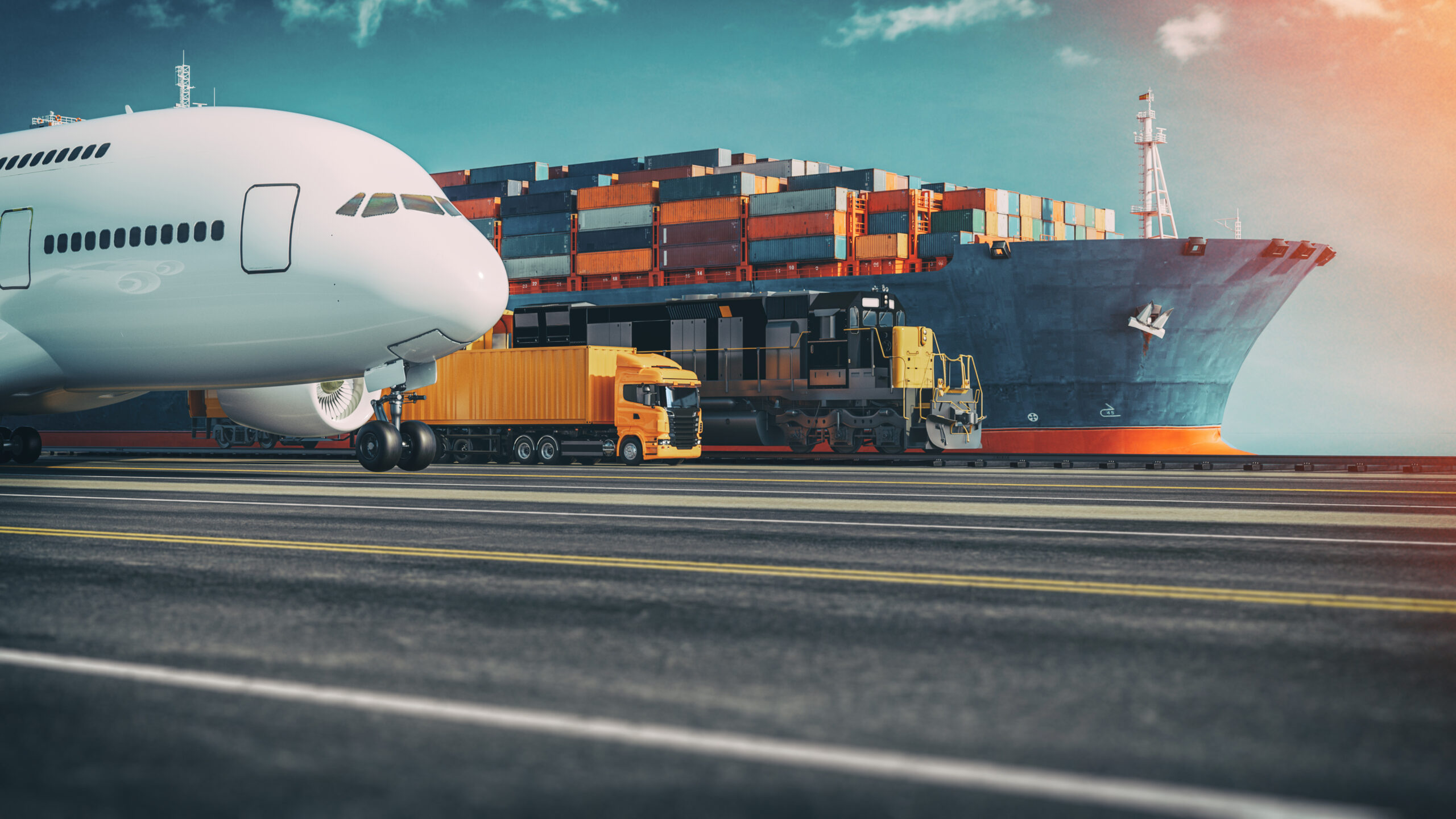In the last two years, we have gained the understanding that it will be challenging to accurately anticipate the precise supply chain difficulties that will arise in 2023. These obstacles will hinge on several variables, including economic circumstances, global trade trends, technological progress, and rapidly changing political and regulatory environments. Nevertheless, there are some possible factors that may contribute to supply chain challenges in 2023, such as:
- Global economic instability: The lack of stability and predictability in the global economy can lead to disturbances in supply chains and have an effect on the accessibility and cost of goods and materials.
- Trade conflicts and protectionist policies: The modification of worldwide trade policies and the introduction of trade restrictions can disturb supply chains and impact the movement of goods across borders.
- Natural disasters and unforeseen disruptions: One of the most challenging factors to anticipate, supply chains can be disrupted by natural disasters, epidemics, and other events that affect the availability or transportation of goods and materials.
- Limitations on capacity: There may be restrictions on the ability of suppliers and logistics companies to meet demand, either due to capacity constraints or other factors such as labor shortages.
- Shifting consumer preferences: Changes in consumer tastes and patterns of demand can impact the categories of goods and materials that are in high demand, necessitating adjustments to supply chains.
In general, it is crucial for companies to take a proactive approach in recognizing and managing potential supply chain obstacles. This involves regularly assessing risks and being prepared to react quickly to mitigate any adverse effects. By being prepared and having contingency plans in place, companies can minimize the impact of disruptions when they do occur, such as by establishing alternative sources of supply or implementing alternative modes of transportation.




